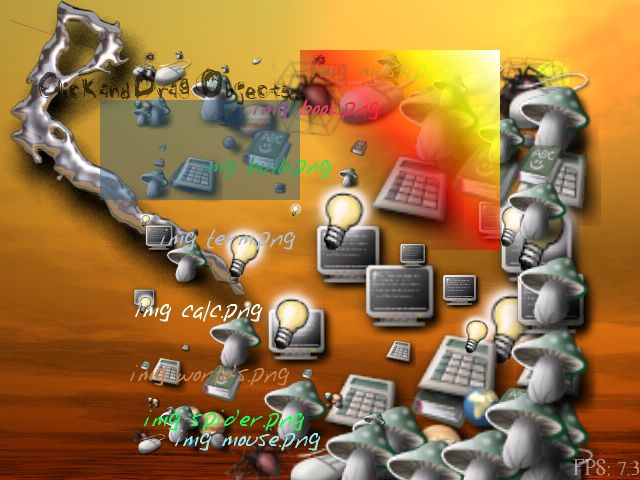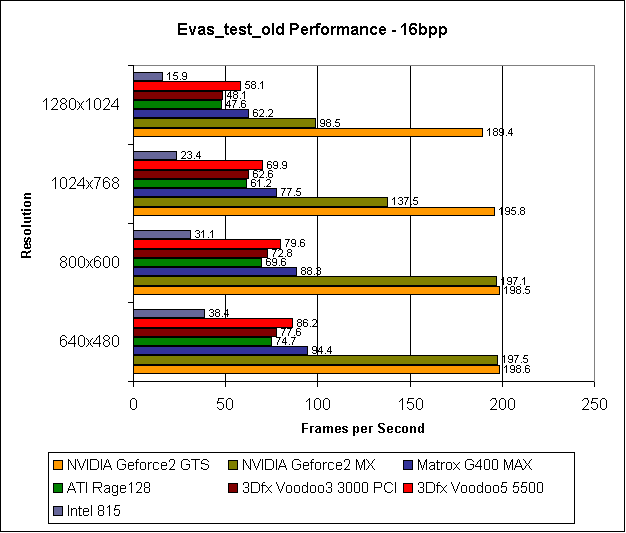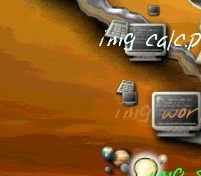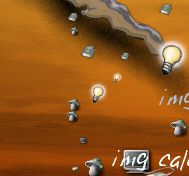Linux Video Card Comparison - October 2000
by Jeff Brubaker on October 9, 2000 12:10 AM EST- Posted in
- GPUs
A note on Viewperf
We had also intended to include benchmarks from the cross platform OpenGL benchmark, SPECviewperf. Unfortunately, it seems as though the only drivers mature enough to support this test are the NVIDIA drivers. All other cards failed somewhere in the middle of any of the tests, and thus the results are unreliable. Viewperf is known for being one of the most demanding OpenGL benchmark applications out there. It is intended to give results corresponding to professional research applications where high-end cards dominate.
3D Performance: Evas_test
Once again, we've included benchmarks from Evas, the future rendering backend for Enlightenment and EFM. This version is actually newer than the one used in the previous article, hence the differences in scores. It has since been renamed to evas_test_old as it is being replaced by a new test utility. The newer tool allows easy comparison of different rendering models (OpenGL, straight Xlib, and software rendered Imlib2) while the older tool, used here, can be more easily applied as a benchmark used to test the texturing throughput of a card and its drivers. The proliferation of this library will allow even the non-gamers to utilize the 3D acceleration of their cards in every day applications.

Here's a screen shot of evas_test_old running (in software rendered mode, hence the low frame rate). Lots of floating icons, rotating gradients and alpha blending all over the place.

Once again, the GeForce2s come out on top. The more economical GeForce2 MX shows where its crippled memory bandwidth as the resolutions get higher and fill rate becomes an issue, at least in comparison to its big brother, the GeForce2 GTS. The G400 MAX followed in a distant third barely outperforming the Voodoo5. Once again, the Intel 815 comes in dead last, but at least it outperforms Imlib2's software rendering.
Unlike the Quake III results, visual quality was an issue here. Unfortunately, it is not possible for us to determine if it is a specific rendering option used by Evas or if it is a result of driver or hardware quality. Thus, don't let this sway you in believing it's a driver issue so much as it could possibly be a driver issue.
The worst of the bunch, the Intel 815 incorrectly rendered both a solid filled, semi-transparent rectangle and all floating text, which was rendered as if the alpha (transparency) values were being ignored. Better, the ATI Rage128 properly rendered all floating text, but also misrendered the rectangle. In both cases and with both 3dfx cards, there was significant color banding in the background. Granted, this was 16bpp, but the Matrox and both NVIDIA cards looked fine.
|
Voodoo3
 |
G400/GeForce2
 |
Here, we can see the difference between the Voodoo3's rendering (to the left) and what it should look like (to the right). Notice the distinct separation of color in the background. The G400 and both GeForce2 cards did not demonstrate this artifact.










0 Comments
View All Comments